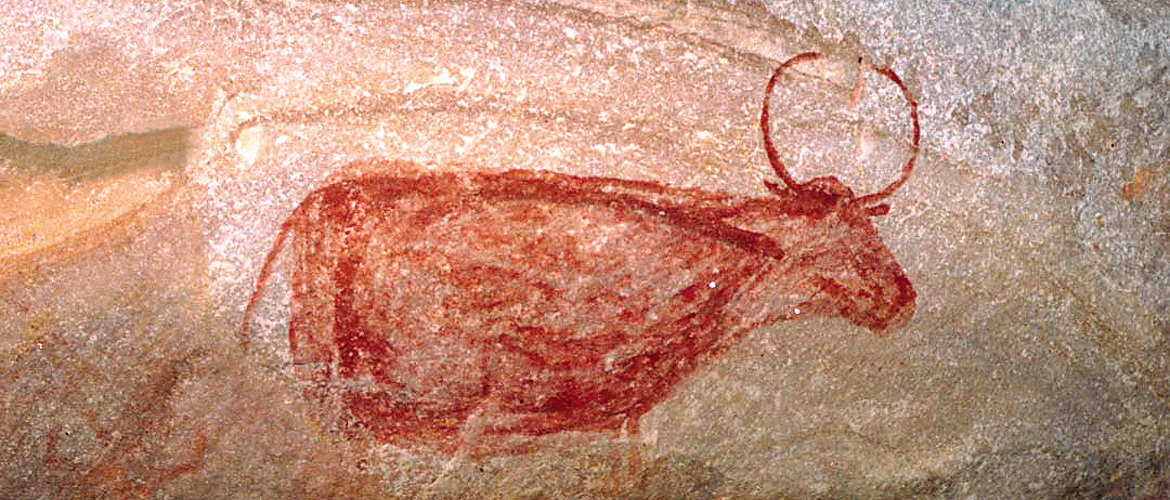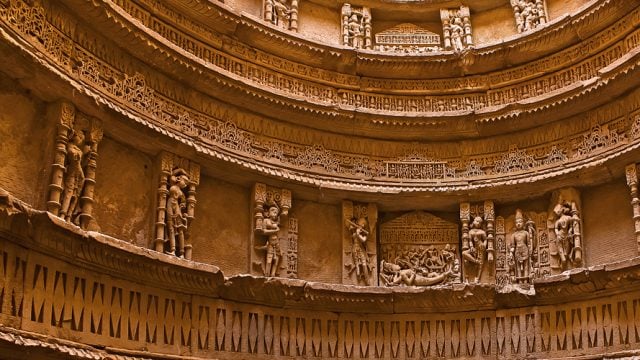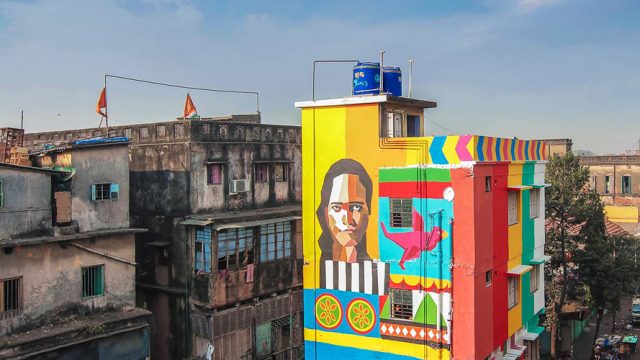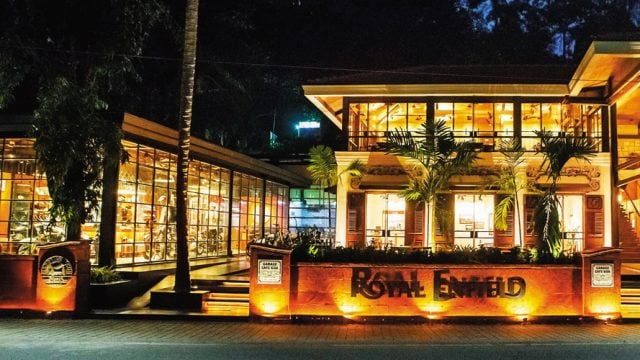Kaimur is one of the most important districts from the cultural and archaeological point of view. It

From the archaeological point of view also the Kaimur plateau and hills provide evidences of settlement of aboriginals in this region ever since prehistoric times. Primitive folk residing in the mountains and forests of Kaimur must have had certainly used the caves and rock shelters for shelter. In the process of evolution they devised the art of engraving and painting to objects that had an impact on their lives, such as the sun, moon, stars, besides animals, plants, trees, rivers, etc. and also their own activities in daily life viz. hunting, running, dancing, walking, et al. These paintings were mostly executed on the walls and ceilings of the rock shelters and caves besides faces of huge rock boulders and cliffs, which provided them their canvas to leave behind their imprint for the succeeding generations. As a result of this we find that not only in the prehistoric period but also in the historical period the tradition of painting on rocks continued for centuries. The rock paintings thus comprise various aspects of the life of the communities in different periods of history and provide very useful source material for the study of the concerned cultures. Their importance is enhanced due to the fact that the same site has varied phases of development of the rock art and thus the element of continuity is helpful in the study of its evolution.

In an exploration conducted in the year 1994-95 by archaeologists more than a dozen rock painting sites have been discovered in the Kaimur district. On the Kaimur hill the sites are at Mokwas, Patesar, Jhapia hill in the Chand block, Badki Goriya in the Makarikhoh valley in Bhagwanpur block besides Dugha, Hathiadag, Sarodag, Chaya, Badap Gaura hill, Rauta and Kokhargada in the Adhaura block which is located on the Kaimur plateau. In most of these sites as Badap, Chaya, Patesar there are more than one rock shelters having paintings. The discovery of these rock paintings are important in the archaeological perspective since the Kaimur plateau and hills have had been comparatively unexplored by archaeologists and the historians. It may be mentioned that ever since the discovery of the rock paintings in Bhimbetka, Madhya Pradesh, in 1957, great interest has been taken by archaeologists and scholars in discovering rock painting sites in different parts of India. In Bihar also some positive efforts have been made in recent times by some scholars in this direction as a result of which rock paintings have been found at many sites in Nawada, Jamui and Rohtas districts in Bihar. So far as the rock paintings in the Kaimur district are concerned it appears that, in spite of some distinctive features, their nature, style and content as compared to those in other rock painting sites of India, more particularly in the Mirzapur district of Uttar Pradesh, have certain remarkable similarities.

First of all, taking into account the general features of the rock paintings in Kaimur district, it is found that the paintings have been created on the smooth surfaces of the inner walls and ceilings of the rock shelters and caves located on the hills mostly in and around jungles and nearer to some water source like river, lake, streams, etc. Sometimes the paintings are executed very high up on the rock surfaces and ceilings, the reason of which at times is difficult to understand, as only by climbing to that level by means of bamboo ladders or tree tops nearby or projections in the cliffs the inhabitants would have been able to reach that level to execute the paintings. The paintings on the rock surfaces generally have horizontal or vertical composition oriented towards left, right or top. In many examples it is noticed that the paintings of the earlier period are superimposed by the subsequent paintings due to which sometimes it is very difficult to identify the paintings of a particular phase and to ascertain the number of superimpositions. Most of the illustrations in the rock paintings are in different shades of ochre that was probably prepared by utilising the hematite abundantly found on the surface of the rock shelters and in the nearby areas. However, sometimes black, white and light yellow colours have been also found to be used in the paintings.
The Kaimur plateau and the foothills are predominantly inhabited even now, as before, by aboriginals (ie tribal and semi-tribal such as the Oraons, Cheros, Bhuiyans, Karias, etc), who now reside in the villages mostly in mud-built houses. Significantly, the tradition of painting of the walls of their houses still continues with sometimes the same kind of symbols and patterns as seen in the rock paintings, besides some modified ones. Curiously enough, the tradition of colour preparation with the powdered geru (hematite), oil, sindur (vermilion), juice of the bark of trees and of beans and other vegetations etc is prevalent even now amongst the tribes of this region. One can thus understand that this tradition of colour preparations and using them for painting various figures and patterns on the walls may have been handed down from generation to generation since the earliest rock painters devised them.
The antiquity of the rock paintings of Kaimur, as also those from other sites of India, appears to be a controversial issue. As a matter of fact, due to lack of definite evidences there is hardly any definitive method of dating the Indian rock paintings. Same is the case with the Kaimur rock paintings. However, the most important basis for relative dating of the rock paintings is the study of the superimpositions. Unfortunately, although the phases in the rock paintings of Kaimur are yet to be decided, but it may be, however presumed that they may form a parallel to the Mirzapur rock paintings in the matter of antiquity and relative dating.

The rock paintings of Kaimur region remarkably show great similarity with the rock paintings of Mirzapur district, as mentioned earlier. This is mainly due to the fact that the Vindhya Range extends right from the Mirzapur district up to Sasaram in the Rohtas district and the Kaimur hills and plateau in the Kaimur district forms a part of the same range. It may be mentioned that in the Mirzapur district about 240 rock shelters have been located of which about 62 rock shelters have been classified in the Kaimur group. These rock shelters, of the Kaimur group in particular, are in close proximity to the rock shelters in the Kaimur and Rohtas districts in their geographical and geological setting and so the style, content, subject matter etc. in them also show great affinity.
Significantly, the nomenclature Likhaniya, Kohbar, etc for the rock shelters is traditionally prevalent among the tribals in Kaimur region also as for the rock shelters in the Mirzapur district. Similarly, the subject matters such as the depiction of various animals, human beings in action and floral as well as geometrical patterns including handprints and footprints etc. at times also show great affinity. Also, some of the features like depiction of sticklike figures, dancing figures, either individually or in-group. X-ray style figures etc. are also quite commonly noticed in the Kaimur rock paintings as in the rock paintings of Mirzapur and to some extent in other rock painting sites of India.
Bihar
culture
heritage





